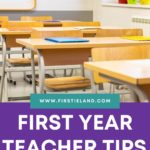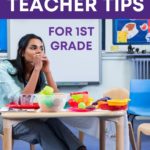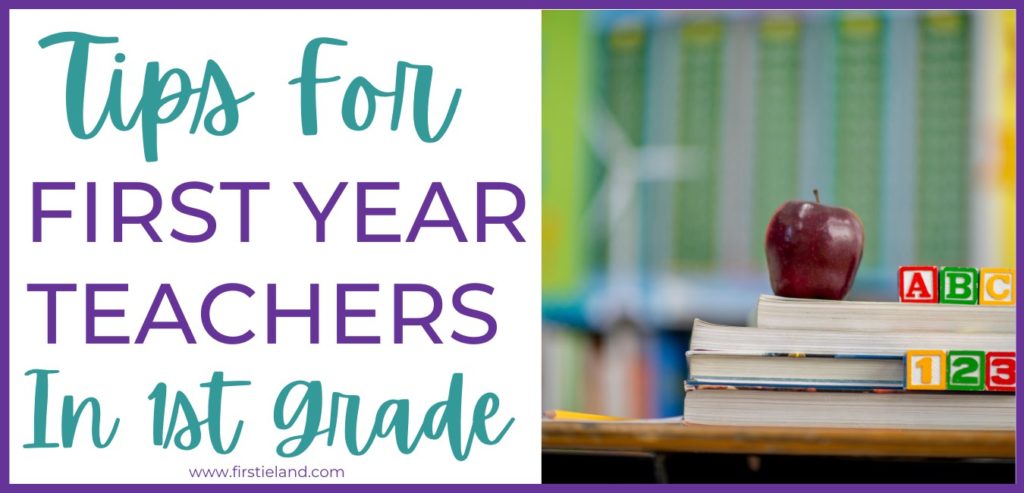
You just got the call saying that you got the job! You may be wondering what is it like to be a first year teacher in first grade? What can you expect and what will you be teaching? Here is a general overview of the curriculum you will teach in first grade.
1. What Do First Grade Teachers Teach?
The first thing you'll need to know as a first year teacher is what curriculum you'll be teaching. Most schools have adopted some sort of curriculum that you'll be required to use. Often schools will use a specific educational program from a publishing company.
Check out your classroom for your teacher's manuals and get to know the material that you'll be teaching. You'll be required to teach these subjects in first grade:
2. First Grade Reading
In my opinion, first grade is one of the most important years in a child's education. This is where you'll lay the foundation for all future learning in school because first grade is where a child learns to read. That's a big responsibility for anyone but if you're a first year teacher you may feel some anxiety knowing this is on your shoulders.
The good news is that most first grade students are developmentally ready to read. What may seem like a huge challenge to you at the start of the year will become one of your biggest rewards when May rolls around.
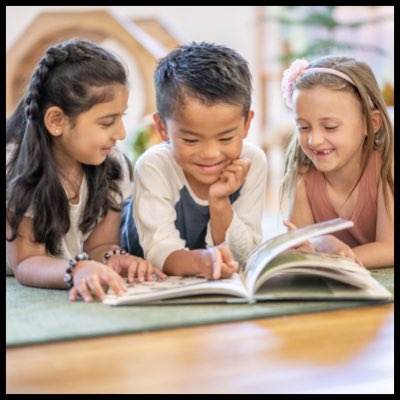
Most students come from kindergarten with a good foundational knowledge of letters and the sounds that they make. You'll want to do a quick assessment on each student at the beginning of the school year to check their letter/sound knowledge. Spend some time reviewing the alphabet and sounds and then you'll move into first-grade phonics skills
3. First Grade Phonics
In first grade, you'll teach all the basic phonics skills over the course of the year. The usual progression of phonics skills are:
- CVC words
- Blends
- Digraphs
- Silent E (CVCe words)
- Vowel Teams
- Prefixes and Suffixes
When you teach phonics skills in the correct order of progression your students will begin to see the patterns. This is how they'll learn to read. You'll be amazed at the progress they'll show by the end of the school year!
4. First Grade Phonemic Awareness
You'll also spend some time teaching your students phonemic awareness. Many first year teachers get phonics and phonemic awareness confused thinking they're the same thing. Phonics concentrates on how sounds appear in writing. This is where you show students the letter combinations to see the patterns in words.
Phonemic awareness is auditory. This is when students hear the difference in words. In phonemic awareness, you'll concentrate on onset-rime identification, initial and final sound segmenting, as well as blending, segmenting, and deleting/manipulating sounds. A great program to help with phonemic awareness is Heggerty.
5. First Grade Writing
Another important part of the first grade curriculum is writing. You'll be teaching handwriting which is the proper formation of letters. But you'll also be teaching students how to write using different types of genres.

You'll begin the year by teaching students how to label a picture and write a list of words. Then you'll gradually move on to more formal writing genres including:
You'll give a gradual release of responsibility with a lot of hand-holding at the beginning of the year. By the end of the year, you'll encourage more writing independence.
6. First Grade Math
As a first year teacher, part of your day will be spent teaching students different first grade math concepts. Most students will come from kindergarten with some foundational skills such as recognizing numbers to 10, counting to 20, patterns, shapes, and some measurement skills.
In first grade, the bulk of your math lessons will focus on addition and subtraction. Students will be expected to add and subtract within 20. They'll learn different strategies to help them with addition and subtraction.
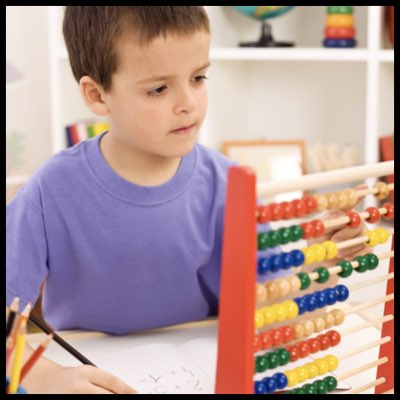
Some of the other math concepts in first grade will be:
- Numbers and operations in base ten
- Understanding place value
- Measurement
- Time
- Money
- Representing and interpreting data on a graph
- 2D and 3D shapes and their attributes
7. First Grade Science
Children love learning about science in first grade! They're fascinated with animals and other real-life concepts. Science is where you can do lots of hands-on experiments and inquiry. There are three main areas in most first grade science curriculums:
- Earth and space science – learning about the sun, energy, and weather
- Physical science – learning about motion and matter
- Life science – learning about the basic needs of living things
Science is an area where you can do lots of fun units with your students such as learning about animal habitats, plants, and insects.
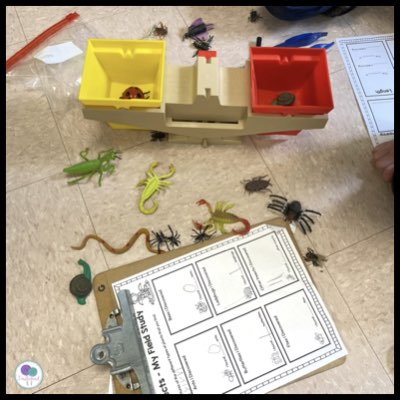
8. First Grade Social Studies
Social studies is another area where you can teach fun and interesting units to your class. Many times first grade social studies lessons will revolve around the concepts of families so students can relate easily to these activities. There are usually three main concepts:
- History – learning how human needs have changed over time
- Geography – learning about maps, cultural differences, and physical differences between land and bodies of water
- Government – learning about rules and responsibilities in our home, school, and community
You can see some first grade social studies units here where we are learning about maps, holidays around the world, and comparing life long ago to today.
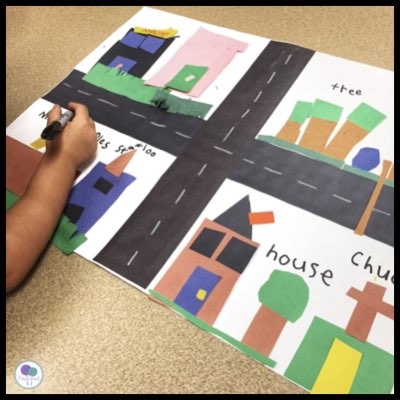
The first grade curriculum is just the tip of the iceberg when it comes to your school year. As a first year teacher, you'll also need to have good classroom management skills to make sure your days run smoothly. Head over here to read part two – How to have good classroom management in first grade.
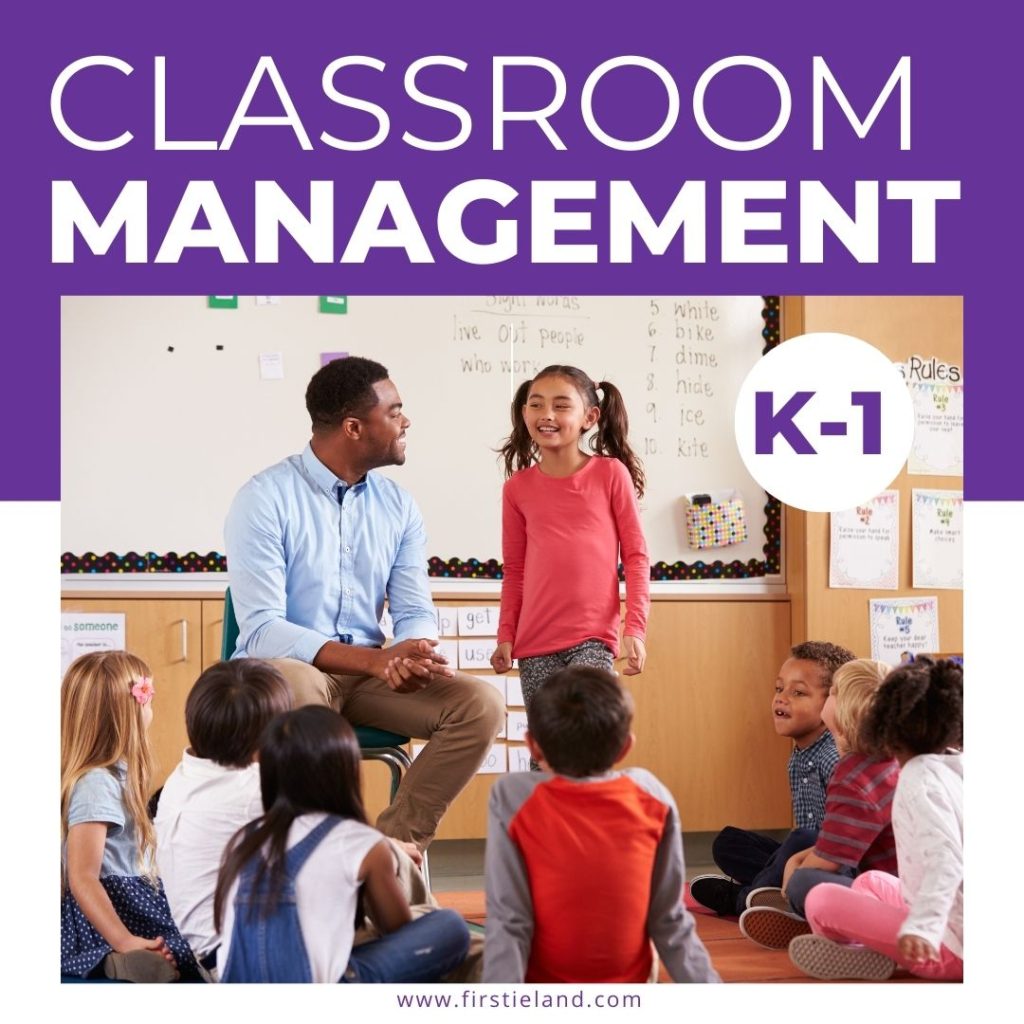
First Year Teacher Tips For Teaching First Grade Curriculum
Take a minute to save these tips to your favorite classroom management Pinterest board so you can remember them later!


